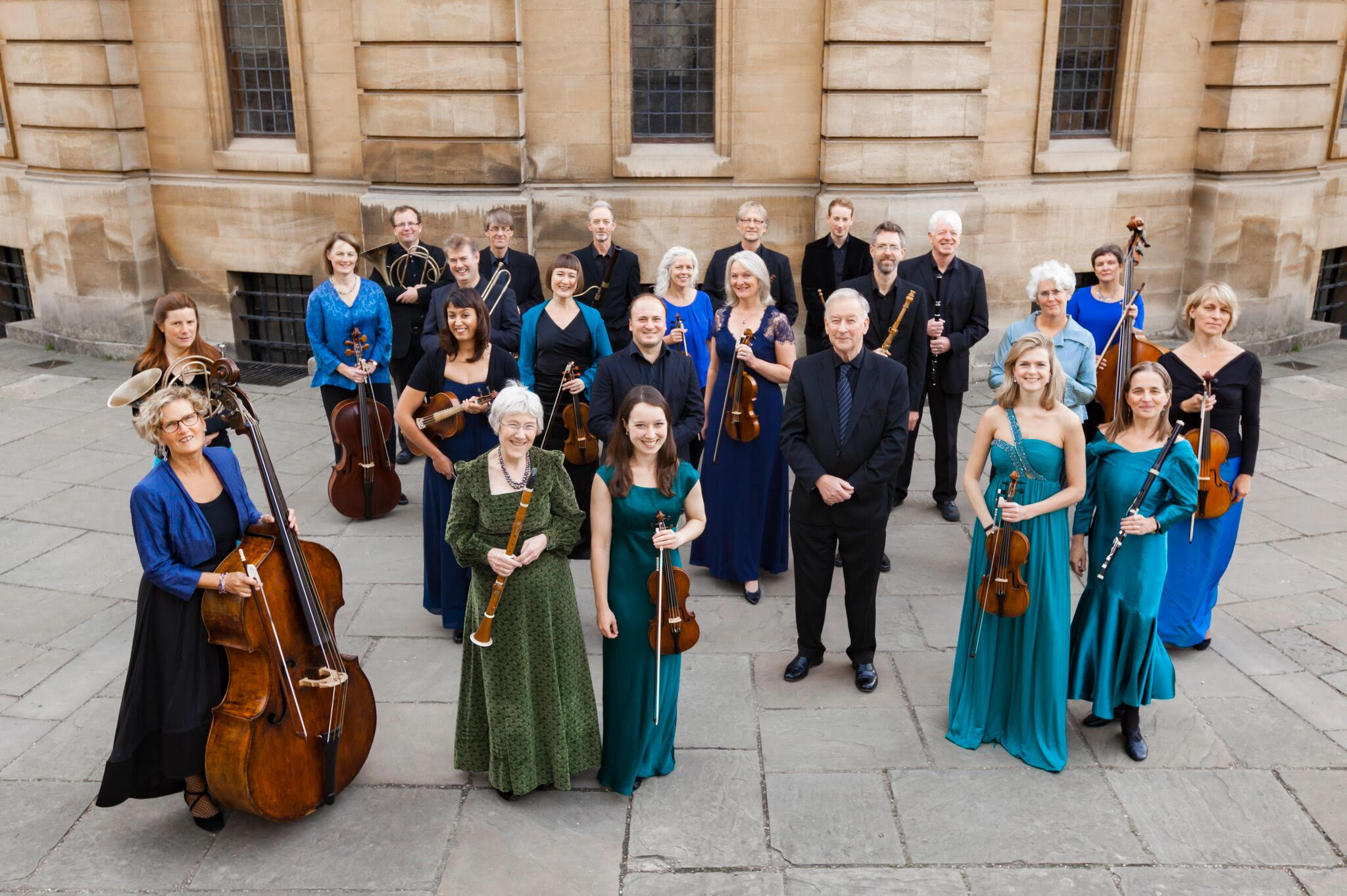Menno van Delft clavichord
Resonus RES10212
74:01
[dropcap]T[/dropcap]his two-CD recording of Bach’s Partitas was made on the Christian Gotthelf Hoffmann clavichord made in 1784 in Roneburg and now in the Cobbe collection at Hatchlands Park in Surrey. This is a substantial unfretted instrument, and the admirable liner notes include an essay on the Partitas and their construction and numerology with a persuasive advocacy of the clavichord as the most suitable instrument on which to play them by van Delft and in addition a note on the Hoffmann clavichord by Peter Bravington who restored it in 1998.
The performances are a delight, and the limpid clarity of the music-making makes the choice of a clavichord seem entirely right. Van Delft quotes Johann Friedrich Agricola as saying that Bach played his six violin solos often on the clavichord, and added as much harmony as he thought necessary. That is the effect of some of these delightful performances – listen to the Gigue in the D major Partita (CD 2.7) for example.
This is an elegant, well-prepared and finely presented recording, and I hope it will establish its performer, well-known in Holland where he teaches in Amsterdam, as a preeminent performer of Bach on the clavichord. I recommend it without reservation.
David Stancliffe
[iframe style=”width:120px;height:240px;” marginwidth=”0″ marginheight=”0″ scrolling=”no” frameborder=”0″ src=”//ws-eu.amazon-adsystem.com/widgets/q?ServiceVersion=20070822&OneJS=1&Operation=GetAdHtml&MarketPlace=GB&source=ss&ref=as_ss_li_til&ad_type=product_link&tracking_id=infocentral-21&language=en_GB&marketplace=amazon®ion=GB&placement=B07CCLPYY1&asins=B07CCLPYY1&linkId=8fabf5eb14ff7238c5a719147d86c0f3&show_border=true&link_opens_in_new_window=true”]
[iframe style=”width:120px;height:240px;” marginwidth=”0″ marginheight=”0″ scrolling=”no” frameborder=”0″ src=”//ws-eu.amazon-adsystem.com/widgets/q?ServiceVersion=20070822&OneJS=1&Operation=GetAdHtml&MarketPlace=DE&source=ss&ref=as_ss_li_til&ad_type=product_link&tracking_id=earlymusicrev-21&language=de_DE&marketplace=amazon®ion=DE&placement=B07CCLPYY1&asins=B07CCLPYY1&linkId=49d7420eb8ed49657eb971b015efdd16&show_border=true&link_opens_in_new_window=true”]
[iframe style=”width:120px;height:240px;” marginwidth=”0″ marginheight=”0″ scrolling=”no” frameborder=”0″ src=”//ws-na.amazon-adsystem.com/widgets/q?ServiceVersion=20070822&OneJS=1&Operation=GetAdHtml&MarketPlace=US&source=ss&ref=as_ss_li_til&ad_type=product_link&tracking_id=earlymusicrev-20&language=en_US&marketplace=amazon®ion=US&placement=B07CCLPYY1&asins=B07CCLPYY1&linkId=904b159b909b3979aeb209ad412785e0&show_border=true&link_opens_in_new_window=true”]
This site can only survive if users click through the links and buy the products reviewed.
We receive no advertising income or any other sort of financial support.
As an Amazon Associate I earn from qualifying purchases.
Amazon and the Amazon logo are trademarks of Amazon.com, Inc. or its affiliates.




